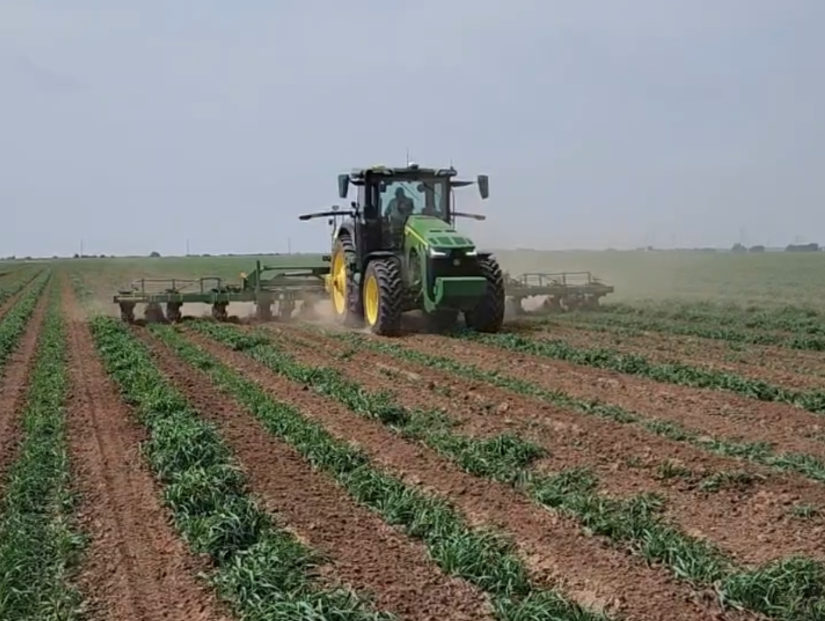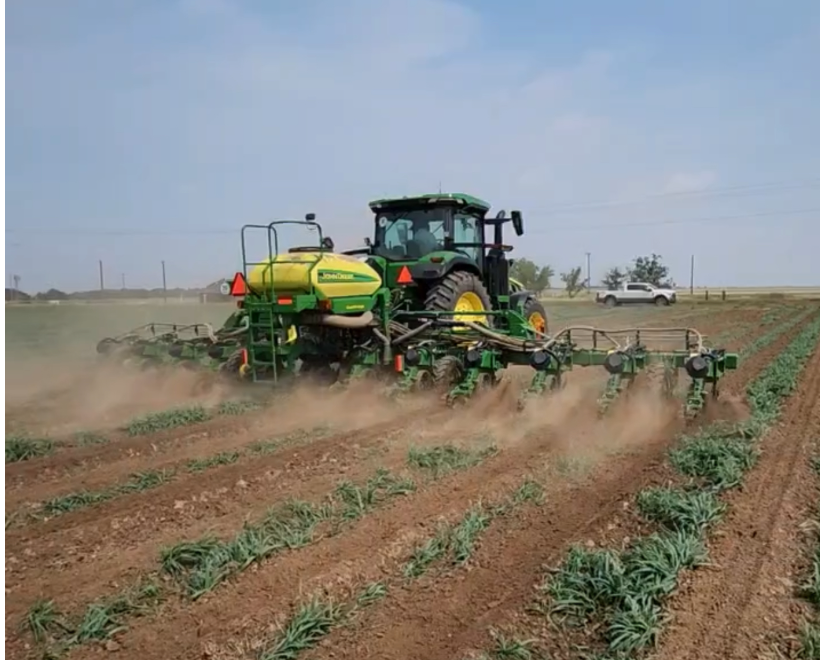
Farm director KC Sheperd had the chance to catch up with Oklahoma State University Cotton Extension Specialist Jenny Dudak to get an update on the current status of Oklahoma’s cotton crop. Dudak shared that the fields across the state are in various stages of development. “We’ve got some stuff that’s putting on blooms down in southwest Oklahoma, and then there’s some late replant that went in that’s still just trying to catch up,” Dudak said. The reprieve from rain and the recent heat have provided better growing conditions overall, allowing the crop to progress more evenly across different regions.
Water availability is a key concern this year, even with rain falling throughout the state and the irrigation district, so that might be a possibility this year. While irrigation hasn’t started yet, she noted that if no more rain comes within the week, “they’ll probably get some irrigation flowing through those canals.” She also confirmed that most cotton planting is complete.
When asked about pest pressures, Dudak emphasized the need for timely action. “If you have not sprayed for flea hoppers yet, they are out,” she warned, especially in later-planted fields that are now fruiting. She also mentioned the growing presence of corn earworms this year. “You want to make sure that you are scouting your cotton very thoroughly… as soon as you start putting bowls on,” especially for those without enhanced trait protection like WideStrike 3 or Bollgard 3.

The year’s unusual weather has posed challenges throughout the planting season. “It’s hard with all the rain, and it’s hard when we don’t have the rain,” Dudak said. She described the growing season as “a year for the books,” explaining that both she and local producers have learned a lot about managing cotton under variable moisture conditions. From early-blooming fields in the southwest to slower-developing fields in central Oklahoma, the crop is progressing, but inconsistently.
Dudak concluded by advising producers to remain vigilant with pest and weed control and noted that several producers are participating in variety trials this season. “As far as things that are working better, I have not seen or have not really heard yet,” she said, adding that she’s looking forward to analyzing yields and grades at the end of the season. When asked for predictions on what she thought might be working best, she said, “I’m trying not to predict. I’m trying to give everything a fair shot.”


















